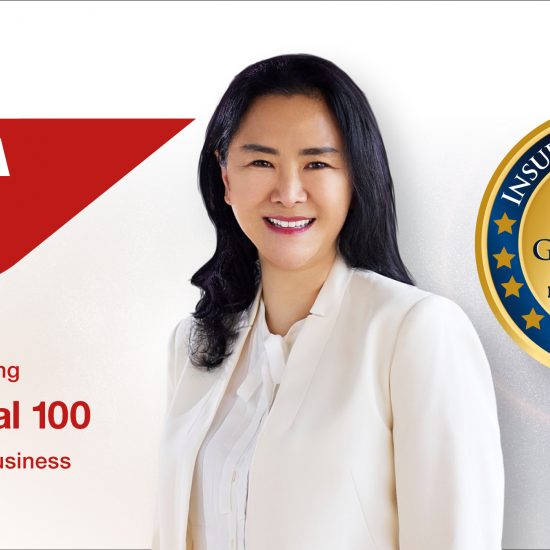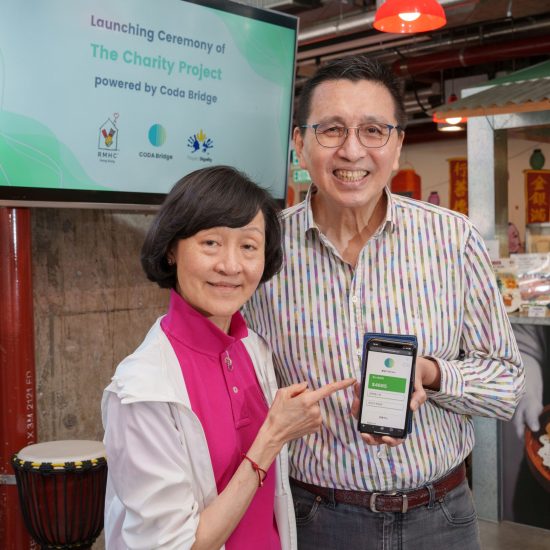NEW DELHI: As the world moves towards clean energy technologies, the demand for critical minerals is surging. So is their import dependence. Most of these minerals – which help power electric vehicles, wind turbines and solar panels – are imported from China, which is a leader in global production and supplier of these resources.
During the launch of India’s maiden auction process on November 29, Union Minister of Mines Pralhad Joshi said that the collective value of the 20 blocks was estimated to be $5.4 billion (Rs 45,000) crore.
“Through this auction valued at around Rs 45,000 crore, India will progress towards self-reliance in the critical minerals supply chain,” he said.
Between the financial years 2022 (FY22) and FY23, there has been a jump of 34 per cent in imports of critical minerals including Glauconite, Nickel, Platinum Group Elements (PGE), Potash, Graphite, Molybdenum (Ore), Phosphorite (Phosphate), Lithium, Titanium, and Rare Earth Elements (REE).
The Ministry of Commerce and Industry data reveals that the import value of all 10 minerals rose 34 per cent to $11 billion (Rs 91,000 crore) from $8.3 billion (Rs 68,000 crore) in FY22.
According to the data, the import value of these minerals has reached $4.9 billion (Rs 40,000 crore) in the first half of the current financial year (FY24).
As the Centre gears up for the first-ever critical mineral auction, the first phase would be able to slash only a portion of the import volume. However, the government hopes to safeguard the supply chain amid supply risks from China.
Among the 10 minerals, India spent $3 billion (Rs 24,900 crore), the highest, on import of PGE — a group of six elements/metals. During FY23, the import expenditure on PGE saw a 62 percent surge, reaching a total of $3 billion (Rs 24,900 crore). PGE is used in manufacturing hard disks, computer chips, LCD screens, and fuel cells, alongside its use in the jewellery sector.
With a 58 per cent increase, the import of Lithium also neared the $3 billion (Rs 24,900 crore) threshold. The surge in electric vehicles (EVs), energy storage, and consumer electronics industries has led to this increase. For two consecutive years, the sales of EVs have surpassed the 1 million mark and battery manufacturers are ramping up their production capacity.
There was also a surge observed in Phosphate, Potash, and Molybdenum, which are utilised not only in various industries but also play significant roles in the Indian agriculture sector.
Among the 10 critical minerals presently on bidding blocks, the Commerce and Industry Ministry’s data indicates no import for Glauconite. Out of the remaining nine minerals currently being imported all, except Nickel, have experienced an increase in import levels.
The tender document issued by the Ministry of Mines comprises 14 minerals up for auction, but only 10 of them belong to India’s list of 24 critical minerals. The remaining four—Chromium, Copper, Manganese (Ore), and Bauxite — are listed because critical minerals are frequently found in rocks that also contain other minerals.
“Mineral deposits often originate from particular geological processes and conditions, leading to the concentration of multiple elements in one location. For instance, lithium may be found in association with aluminium-rich minerals such as bauxite, as observed in the case of Jammu and Kashmir,” explained an expert involved in the mineral auction.
The government has also identified 100-odd blocks of the 24 critical minerals for which auctions are expected early next year. At the auction launch, Joshi indicated that the process for the second tranche auction would begin after February, following the conclusion of the initial auction.
Source: Business Standard
The post Critical Mineral Imports Rise As Shift Towards Green Energy Catches Pace first appeared on Latest India news, analysis and reports on IPA Newspack.






